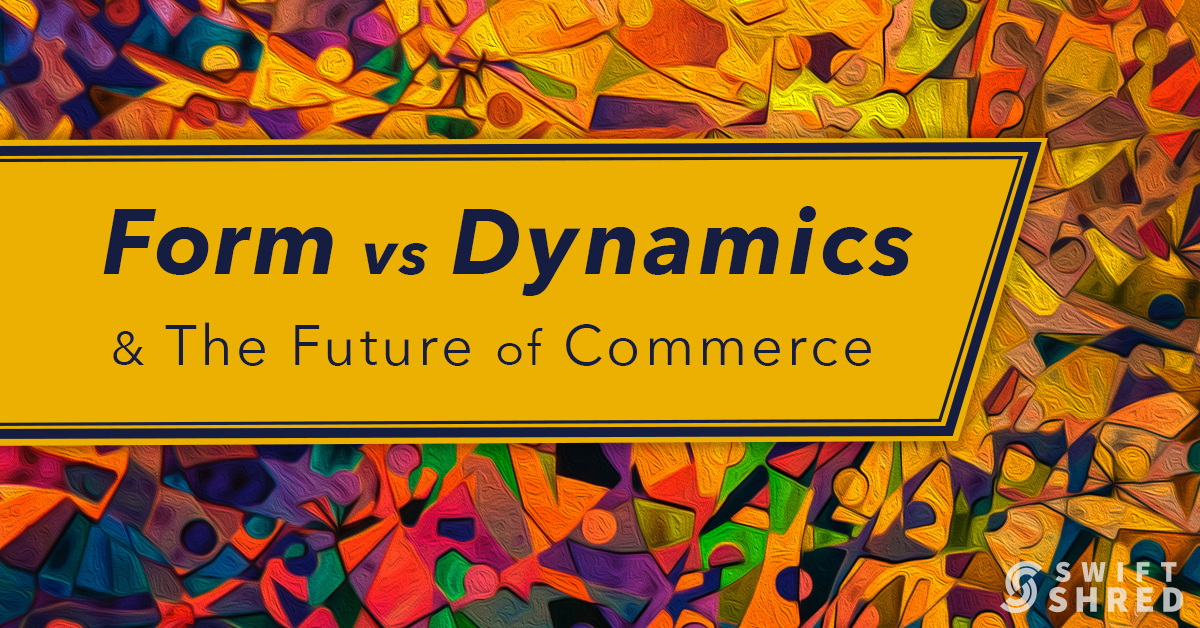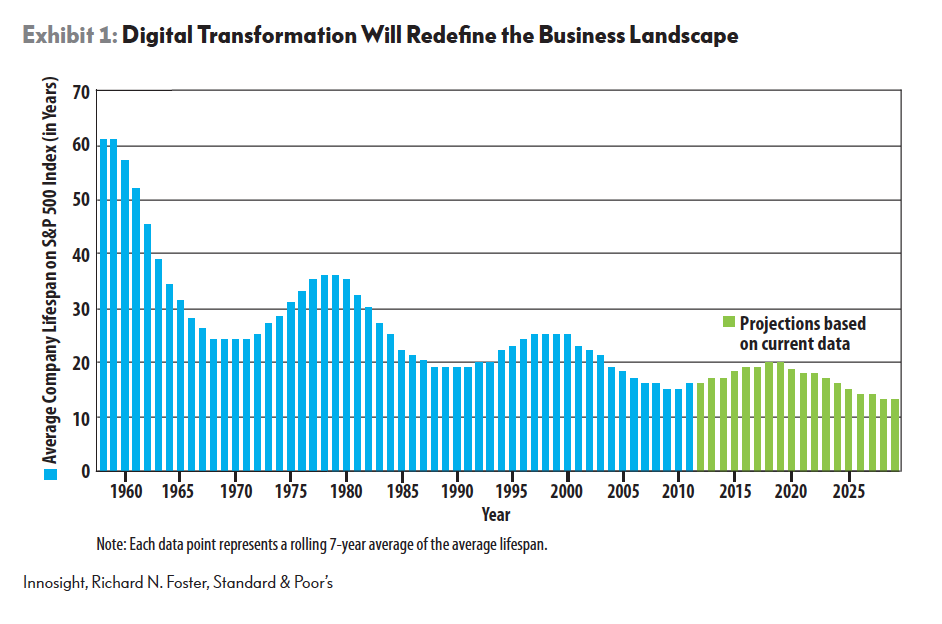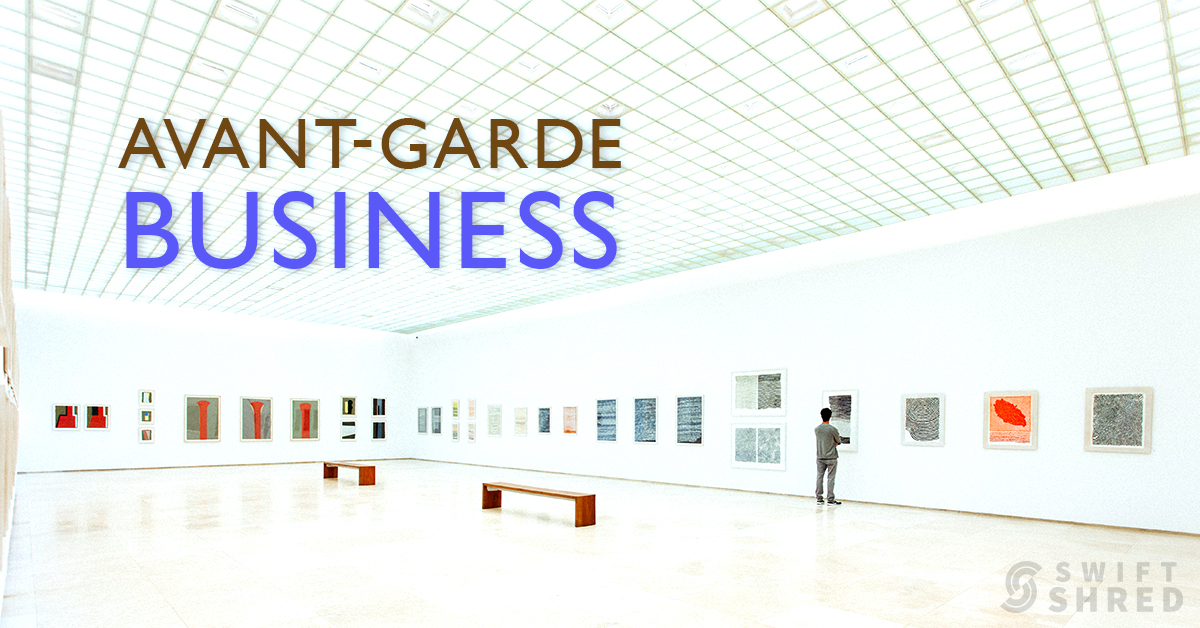
Avant-Garde Business
“One day you are in, and the next you are out.”
-Heidi Klum, Project Runway
To be Avant-Garde is to be ahead of the curve. For artists, to be Avant-Garde is to produce pieces of art that turn existing norms on their ear. The art Avant-Garde artists produce is often experimental and self-referential in nature. Often, they are scathing critiques of the very world they are a part of, like Duchamp’s Urinal, a piece so influential that it is still being emulated 100 years later. The Urinal, also known as The Fountain, challenged traditional ideas of what constitutes a work of art by raising the following questions: What is art? Is art anything that conjures an emotional response, or are there certain immutable principles of craftsmanship and expression that must be adhered to for any work to be considered art? If so, who decides the standards for artistic expression?
This single work was so disruptive that the world of high art still has no definitive answer to these questions. In the century since Duchamp there has been an array of artists who have created pieces which are confusing, disturbing or downright unpleasant to the casual observer. Duchamp’s impact can even be observed in other creative fields like fashion, music, literature, and film.
High Art is a very unique industry. It is an industry where branding (the artist’s name) is of utmost importance. A painting by van Goh is infinitely more valuable than a painting by Joe Schmo. Why? Because the brand is the product, which is what Duchamp’s Urinal exposed.
What Can Businesses Learn from the Urinal?
The lesson is that conventional ways of thinking need to be challenged regularly and perspectives need to be altered. There is great potential in all things as long as they are re-contextualized so that they can remain relevant and valuable. An Avant-Garde business is one that fosters disruptive ideas. These ideas can often seem like obvious conclusions, but are only obvious in retrospect. For example, the division of labor, a notion so obvious and routine to us now, but at one time was completely revolutionary.
Organizations show their Avant-Garde approach by what they invest in. Right now, all large organizations are working on digital transformation initiatives. To be on the cutting edge, you must know where the trendsetters are focused. Here are the major areas of focus right now:
- APIs
- Reusable Software Assets
- More Efficient Software Development
APIs
API is the shorthand for Application Program Interface. In English, it is a digital tool that businesses use to expose their services, content or resources1 and an API can take on many forms. There are four main benefits of APIs:
- Creating new sources of revenue or reviving existing ones
- Delivering wider reach
- Fostering and leveraging external innovation
- Increasing internal efficiency
Any business that wishes to modernize needs to invest in APIs on some level. Most large institutions have already made this investment; in fact a quarter of all corporate revenue comes from APIs and API-related implementation2. These forward-thinking institutions that have developed and implemented APIs into their operations are now faced with another nagging and costly problem. It is problem of Point-to-Point Integration.
Point-to-Point Integration
Point-to-Point Integration is the bane of any institution’s IT Department. To conceptualize the problem, think of an organization as a big comfy bed. The organization’s different applications and APIs are the quilt. The trouble is more and more people keep jumping into the bed. These people in the bed represent all the enterprise data and content that the organization is accumulating.
Over time, the quilt has become clumpy and uneven because it needs to cover all these new people in the bed. In order to cover everyone, more down is continuously being added and more patches are being stitched onto the quilt. Point-to-Point Integration is the sewing together of all these different patches. As new software emerges, it gets added as a new patch. As the organization grows, it will need to update their technological capabilities and security – those patches get added, too. Sometimes old patches get stitched over by new ones, and sometimes the old ones get ripped out entirely. “Need another few more patches over here… Oops! Busted a stitch over there.” All this quilt maintenance makes it lose its shape. The quilt ends up looking completely different from the original, and it’s not as warm as it once was.
Point-to-Point Integration is the custom coding of Applications & APIs so different internal and external Applications and APIs can remain connected. Smaller organizations and start-ups likely do not have this problem, or, if they do it’s to a lesser degree. For larger firms that are collecting more and more data and need to leverage this information effectively in order to stay competitive, it’s becoming unsustainable. The application software of these firms was not intended to handle the complexity of their current operations, so IT Departments are having a hard time trying to bring them to scale. Most large organizations spend almost quarter of their IT budgets just on Point-to-Point Integration3. Basically, the infrastructure is being overtaxed and is in a constant state of repair. At what point does it make sense to tear up the quilt and start fresh?
85% of IT Decisionmakers feel Point-to-Point Integration must die in the next five years4. Here the main problems with Point-to-Point Integration:
- Takes too much time and resources
- It’s difficult to deploy across cloud and on-premise
- Apps are at different levels of functionality and serve different purposes5
Reusable Software Assets
Only 29% of companies have been able to integrate their apps6. This means that 71% of organizations are in a constant state of disrepair. Reusable software assets may be the way to solve this. Rather than being programmed as stand-alone features, an institution’s APIs will be developed as themes or templates. The software won’t be designed to serve one purpose. Instead, the software will be designed to be multifaceted. This API software may become generalized instead of specialized in nature, with precise add-on features available for certain departments in an organization. This is so software assets can be packaged and distributed freely throughout the organization in a drag and drop model for easy implementation with more widespread functionality.
Interchangeable parts in manufacturing and mass production was another Avant-Garde idea that seems obvious to all of us now. Mass production in the 19th Century came about because of the machine-tool industry and the ability to produce identical parts at a wide scale. IT Departments are acting as independent artisans did hundreds of years ago, building everything from scratch and trying to maintain each software asset with individual attention7. If all the APIs are built identically and to the same standards, then the final product will be identical and all levels of the organization will have the same level of quality. The tools have changed, but the idea is the same.
Reusable Software Assets will likely transform IT Departments from being the developers and problem solvers into becoming more of an educational or advisory department that teaches users how to construct and implement these ready-made software solutions themselves in order to perform their duties more effectively. Most of the necessary assets will have already been created, and it will be the job of the various departments to figure out, with the help of IT, how to mix and match the available resources and use them effectively. In other words, each department will have its own customizable digital workspaces.
More Efficient Software Development
To create these reusable software assets, there needs to be more efficient development. Right now, there is a heavy burden being dropped on IT Departments. The number of projects that organizations gave to their IT Departments last year grew by 27% from the year before. Two-thirds of IT professionals admit that they simply cannot deliver on all of these projects8.
Another issue is that IT Departments are trying to solve problems without knowing all of the variables. This is because of Shadow IT, which is the term for projects that are managed outside of the organization and without the knowledge of the internal IT Department. 40% of all IT spending is on Shadow IT9 which adds to the headaches of Point-to-Point Integration. Everyone is using different apps, many of which haven’t been approved, all with different capabilities, making it impossible to implement a uniform system across all business channels.
In order to get everyone on the same page, legacy management systems and security systems need to be re-developed instead of simply being patched over. An organization needs to develop software that utilizes the capabilities of consumer facing file-sharing apps, social media, and collaboration tools that can also be integrated with existing enterprise SaaS apps. They need to be cloud visible while also meeting all security and regulatory standards. This is no small task, but this is what organizations need to invest in for the future, and this is what an Avant-Garde Business should be working towards.


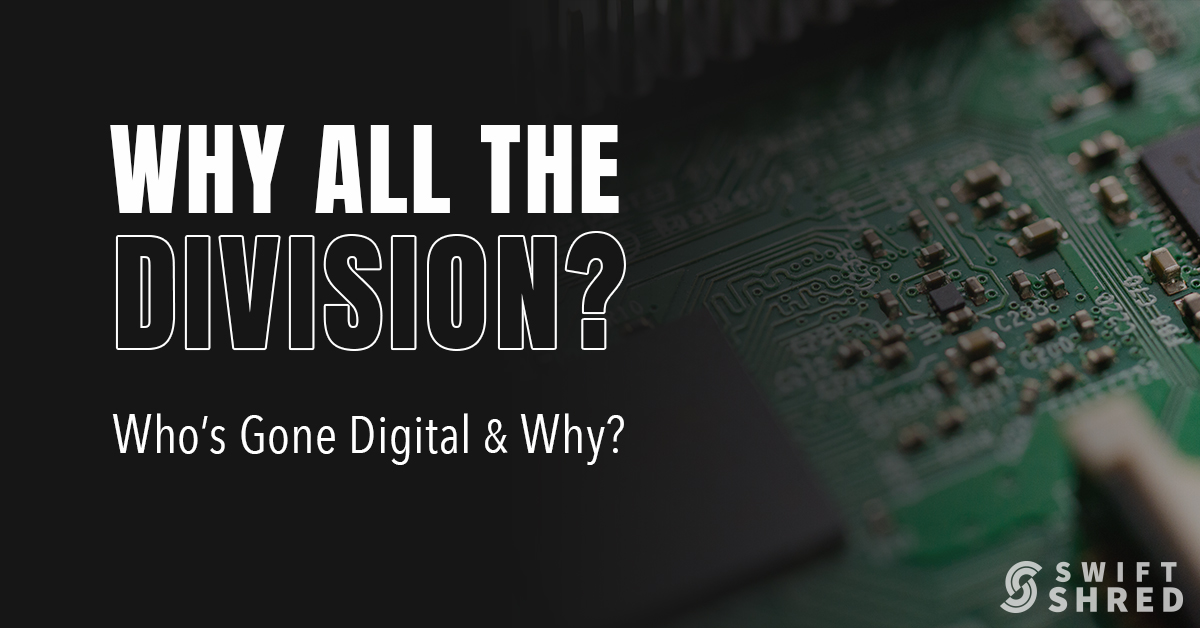
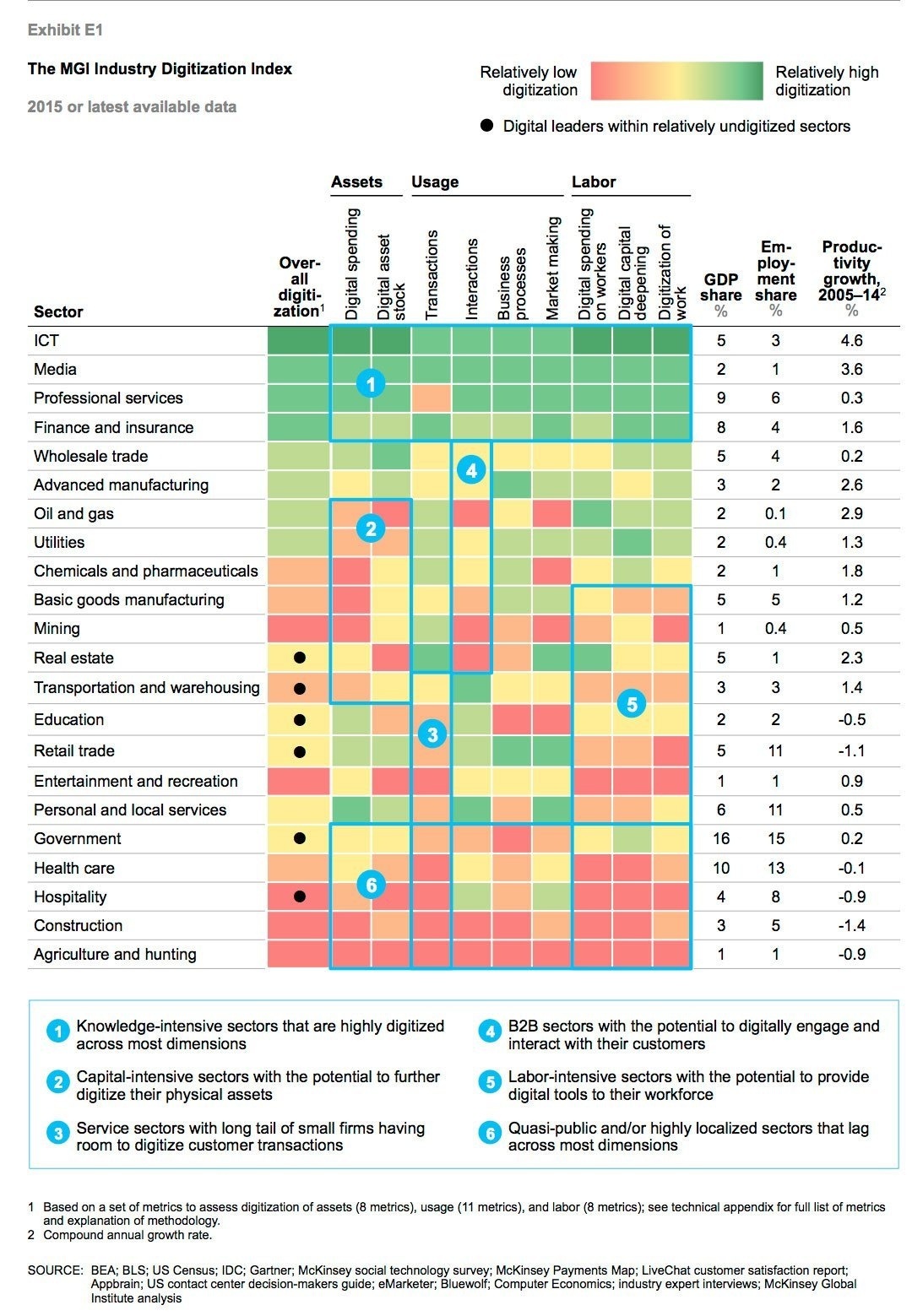 The entire MGI Industry Digitization Index summary can be found
The entire MGI Industry Digitization Index summary can be found 